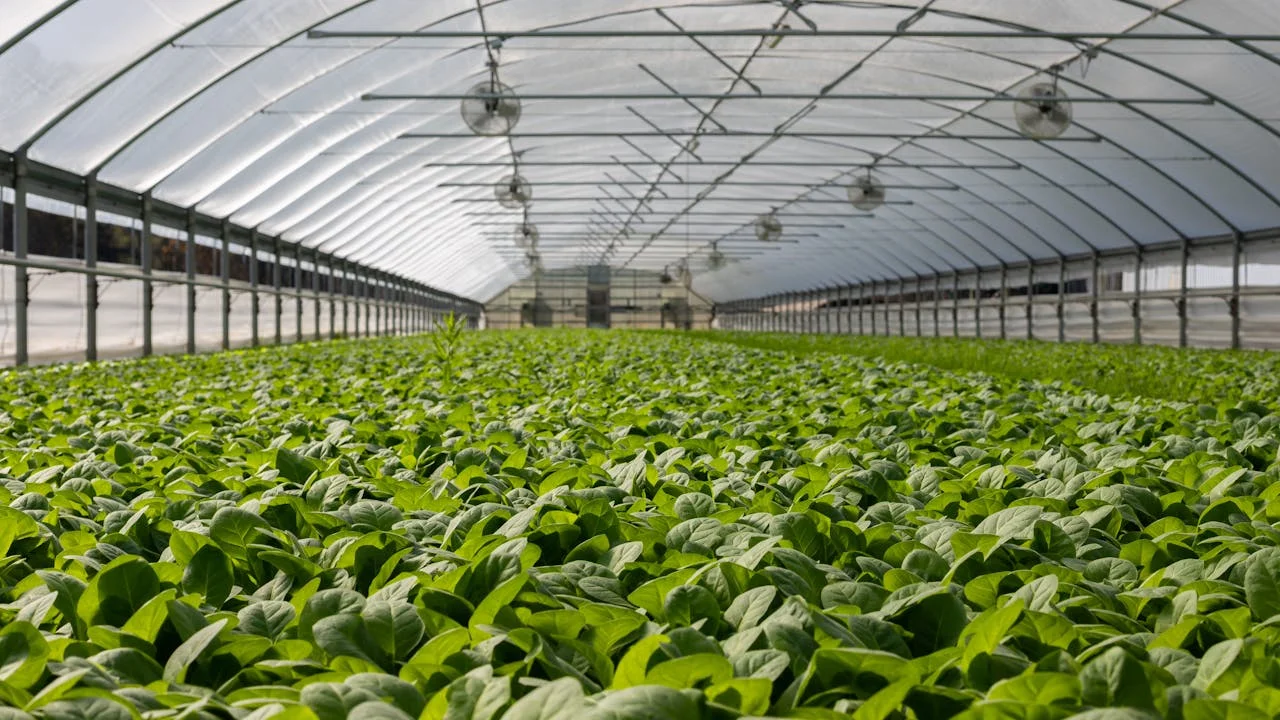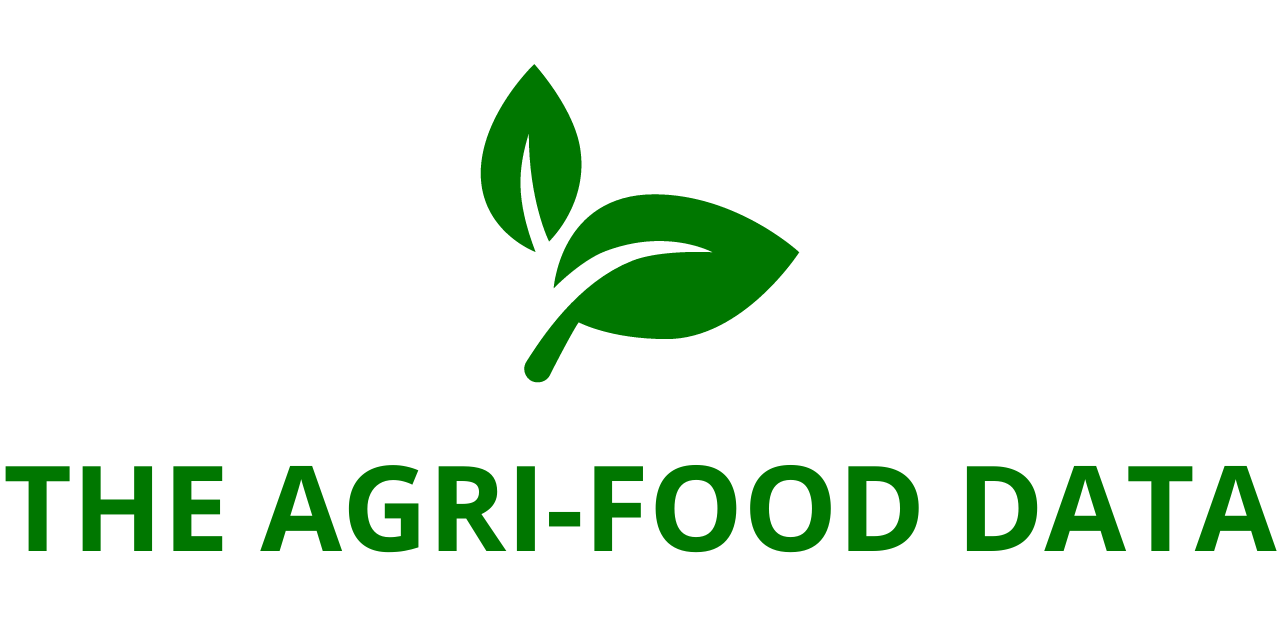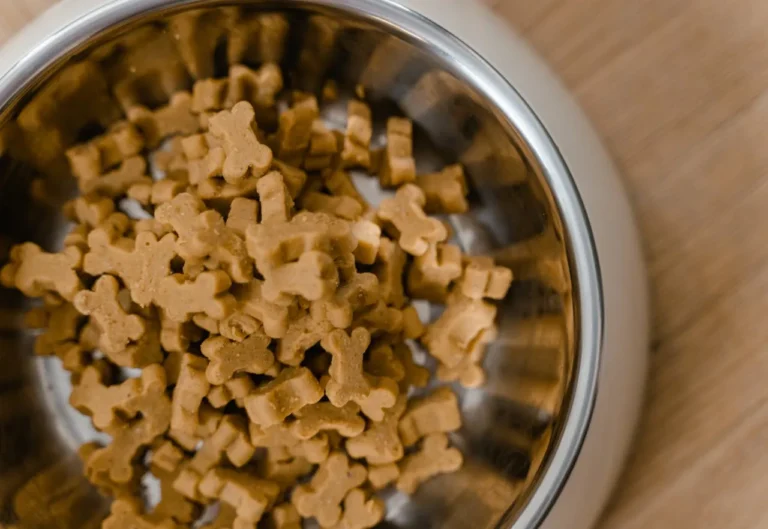
Hershey announced today that it has updated its 2030 science-based greenhouse gas (GHG) emissions reduction targets in accordance with the latest standards. A comprehensive accounting of the company’s carbon footprint and science-based targets is central to its strategy for reducing emissions. “At Hershey, our business relies on ingredients sourced globally and the health of those ecosystems,” said Rachel Grunberg, Senior Manager of Environmental Sustainability at The Hershey Company. “We are committed to reducing our carbon footprint to ensure the resilience of our business and the planet, setting ambitious goals guided by top-tier science to inform our strategy.”
Hershey’s target to reduce Scope 1 and 2 GHG emissions by 50% by 2030, based on a 2018 baseline, has been re-validated by the Science Based Targets initiative (SBTi). To date, Hershey has achieved a 43% reduction against this target. The company has also set near-term Forest Land and Agriculture (FLAG) and non-FLAG targets, committing to a 36% reduction in Scope 3 FLAG emissions and a 30% reduction in non-FLAG emissions by 2030. These targets align with climate science and support the Paris Agreement’s goal to limit global warming to 1.5 degrees Celsius.
Hershey implements various programs and initiatives across its operations and supply chain to reduce its carbon footprint.
Reducing Energy Consumption and Leveraging Renewable Energy
To enhance energy consumption and efficiency, Hershey has established a cross-functional team to oversee the achievement of plant-level energy reduction targets. In 2023, Hershey sourced approximately 80% of its electricity from renewable and zero-emission sources. This increase was facilitated through a combination of solar Power Purchase Agreements, Renewable Energy Credits, and Zero Emission Credits, including:
- Directly sourcing hydropower for facilities in Brazil and Canada
- Operational PPAs that provided approximately 25% of U.S. electricity needs
- 100% renewable or zero-emission electricity for manufacturing facilities in the U.S. and Canada, covering both confectionery and several salty brands
Scaling Good Agricultural Practices
The company has leveraged partnerships to promote good agricultural practices and technologies to mitigate climate change risks in the cocoa, dairy, and sugar supply chains. Notable projects include:
- Investing in farmers to enhance livelihoods and manage climate variability through soil health improvement and agroforestry under the Hershey Income Accelerator Program
- Piloting projects like the Sustainable Dairy PA program, which implements riparian forest buffers, nutrient management, conservation tillage, and manure management practices
- Promoting regenerative agricultural initiatives such as the North Dakota Trusted Advisor Partnership to encourage the use of cover crops and reduced tillage
Preventing Deforestation and Advancing Biodiversity
Preventing deforestation and land-use conversion is a crucial element in reducing Scope 3 emissions. In 2023, Hershey accelerated its commitment by five years to achieve a deforestation and conversion-free supply chain for cocoa, palm oil, pulp and paper, and soy by December 31, 2025. Examples of these initiatives include:
- Restoring forest habitats with the Arbor Day Foundation, planting one million trees and restoring more than 2,300 acres of forest since 2017
- Partnering with the Foundation for Parks and Reserves of Côte d’Ivoire to conserve the Mabi-Yaya Nature Reserve, restoring forest on 687 hectares of degraded land





